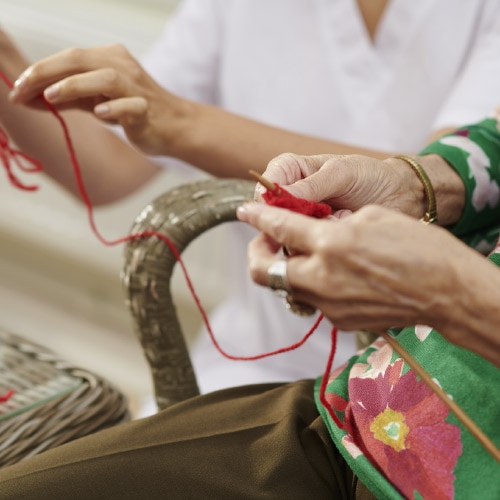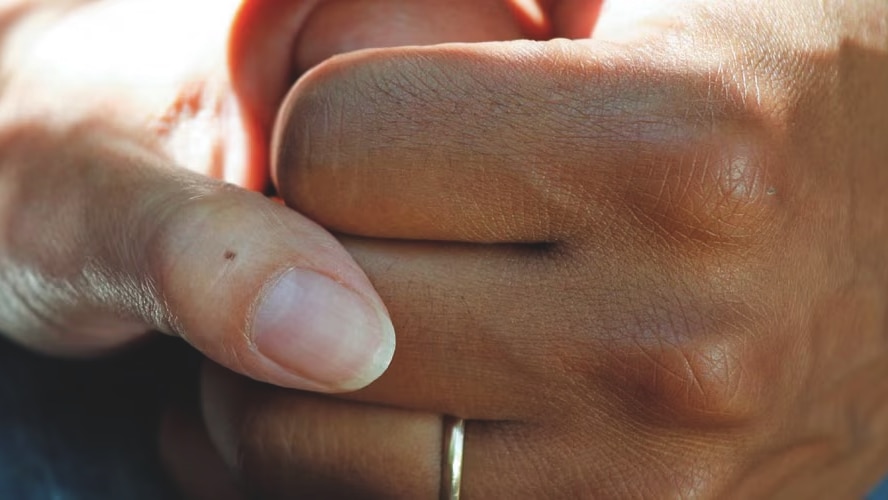Double padding (using multiple products)
TENA incontinence products are designed to be used one at a time. They come in different types and sizes, with different absorption levels. To properly meet the needs of the resident, it’s important to choose the right incontinence product.
Double padding – the practice of inserting a “booster” pad inside an individual’s absorbent product – may seem like a good way to provide extra protection, but in fact it reduces functionality, and comes with several risks:
Wetness against the skin: When a resident voids more than the capacity of the booster pad, the urine may not pass through the backing of this pad into the outermost absorbent product. Instead, the overfilled booster pad will cause wetness against the skin, resulting in overhydrated skin, which can lead to skin breakdown.
Leakages on clothes: Urine that the booster pad can’t absorb will leak out on the sides. And since the outermost product is not snugly fitted to the groin, it may not be able to properly absorb the leaked fluids.
Skin irritation and pressure ulcers: In addition to its effect on the resident’s personal dignity, the extra bulk between the legs may cause rubbing against the skin. The poor fitting of the outer product may contribute to this, and there’s also a risk of friction when the booster pad is removed.















